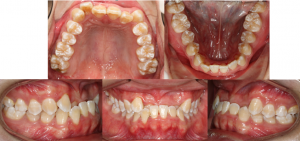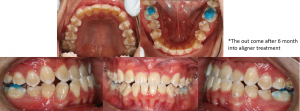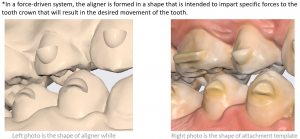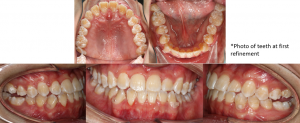This article describes vertical control (leveling the arch) and anteroposterior control to correct the pseudo-class III case.
Tristar showcase: This is a case of pseudo-class III malocclusion treated with aligner, describing the biomechanics that can level the curve of Spee effectively and was planned as such to align the upper lower crowded teeth with a series of aligners throughout the process.
Other important features in this aligner treatment plan include: creating space via expansion prior to levelling the curve of Spee. Class III elastics are required to aid the correction of the Antero – Posterior discrepancy.
The brief description of the problem list is:
- Class III profile.
- Reduced mandibular planes angle.
- Moderate lower arch crowding, deep curve of spee exacerbated by overerupted incisors.
- Moderate upper arch crowding, lingually displaced due to traumatic bite.
- Class III bite dimensions, the patient initially bites edge to edge and then overcloses to a class III relationship.
The Treatment Plan
- Bite ramps to disclude overclosure and attachment placement to provide anchor points for lower incisor intrusion via Tristar attachment template.
- Expansion first (forward in upper, lateral in lower).
- Once space is gained, lower incisor intrusion.
What are the key features to correct this malocclusion?
Diagnosis:
- Recognizing the malocclusion and severity
Treatment Plan and Bio mechanics:
- Recognizing and planning stepwise correction of the malocclusion
- Expansion first, recognition of the need for space prior to intrusion of lower incisors
- Simultaneous, efficient correction via Class III elastics 5/16
Materials:
- Precise Tristar AT (Attachment template) to provide blue bite ramps for disclusion and accurate template placement of attachments.
- Consistent force delivery for expansion and engagement into attachments for intrusion of lower incisors.
